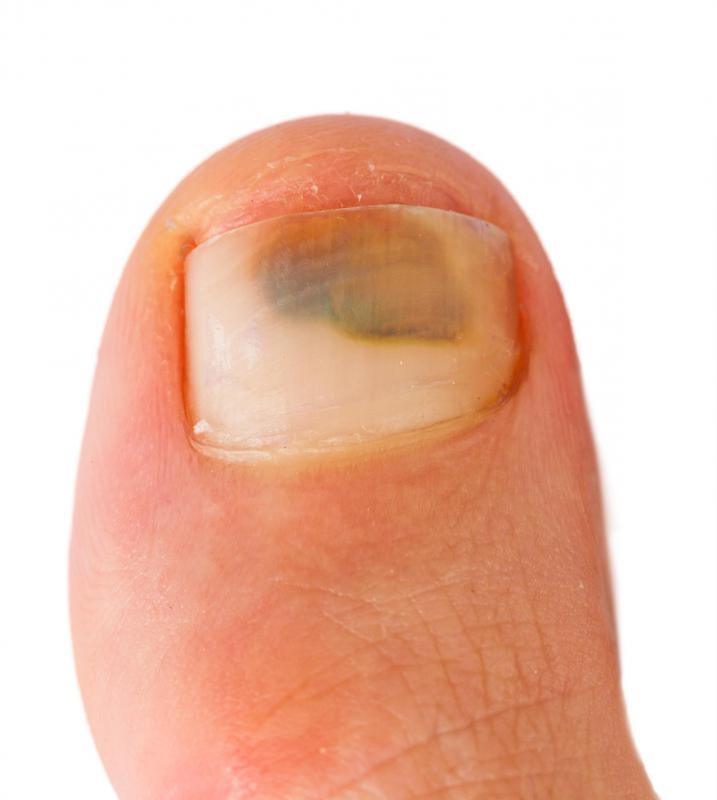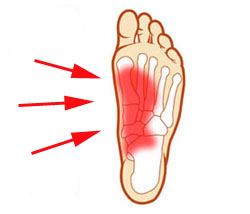 Is your nail black? There are two main causes that can make
your toenail turn black. The first is toenail fungus which has a tendency to
affect more than one toenail, but it can’t be ruled out if there is only one
showing signs, because it may have just not spread to the others yet. The other
is trauma. You may have dropped a hammer on it, jammed it into a door or even
be wearing to tight of shoes and banging it into your shoe while running. All of
these things are capable of causing you an injury.
Is your nail black? There are two main causes that can make
your toenail turn black. The first is toenail fungus which has a tendency to
affect more than one toenail, but it can’t be ruled out if there is only one
showing signs, because it may have just not spread to the others yet. The other
is trauma. You may have dropped a hammer on it, jammed it into a door or even
be wearing to tight of shoes and banging it into your shoe while running. All of
these things are capable of causing you an injury.
So, what is the black from? Well, you can think of it just
like you would a bruise on any other part of your body from an injury. Once you
have injured that specific area, you actually have blood that is under your
nail that will slowly heal with time. The nail itself will grow out or fall off
with time and a new one will replace it.
The only problem that this condition can pose is that if the
pressure from the blood under the nail is significant enough, it can end up causing
you a great deal of pain. In this situation, we may either make a hole in the
nail, just like a pressure release, or actually remove the entire nail. If this
is necessary, it is important to have your podiatrist do it, because you do not
want to injure the nail bed beneath and cause yourself to have no nail or a
deformed one as a result.
So, if you or someone you know has injured their toenail and
it is causing them a great deal of pain, you should seek help from your
podiatrist. If you live in the Bradford or Burlington, Massachusetts area, Dr.
Wachtel would be more than happy to see you and help treat your nail. We are
also happy to announce our Methuen and North Andover offices located at 451
Andover St. Suite 300, North Andover MA 01845 and 87 Jackson St, Methuen, MA
01835.





